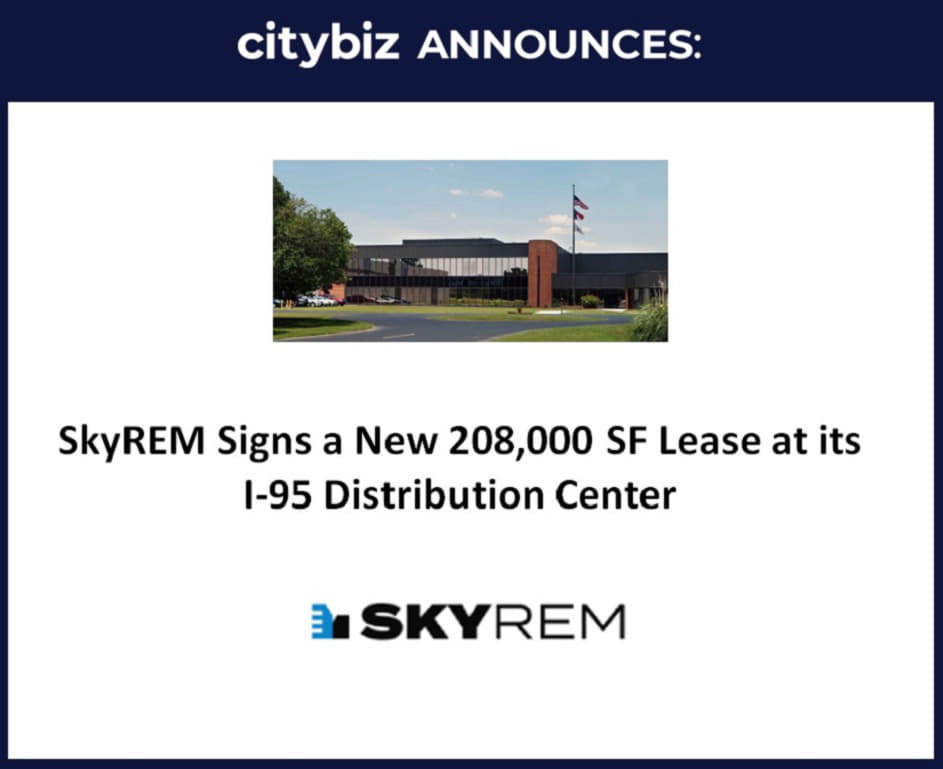For Walmart Inc., the buying power of Hispanic people can no longer be ignored, and across the country, especially in states with growing Hispanic populations such as North Carolina, it is taking advantage of changing demographics.
From 2010 to 2016, the Hispanic population in North Carolina grew by 16.5 percent, an increase of 132,101 people, according to a study by the Carolina Population Center at UNC-Chapel Hill. During this same time frame, the number of Hispanic people in the United States as a whole grew by 13.5 percent.
As the number of Hispanic people in the United States has increased, so has their buying power. According to Nielsen, as of the fiscal year ending in October 2017, Hispanic spending in the fast-moving consumer goods sector had increased 0.7 percent, meanwhile non-Hispanic spending had decreased 0.1 percent overall.
Much of this increase in spending is being funneled to mass merchandisers such as Walmart, which has been targeting this demographic aggressively in North Carolina. According to a study by the research and insights company Acosta, 80 percent of U.S. Hispanics surveyed had shopped at a mass merchandiser such as Walmart in the past six months.
For Hispanic shoppers in North Carolina, choosing Walmart may be the most convenient option.
When compared to the cities with the largest white and African-American populations, the average distance from the top 10 Hispanic cities to a Walmart was shortest at 2.29 miles. This was shorter than the average distance from a Walmart of 4.52 miles for cities with the largest white populations and 2.65 miles for the top 10 cities with the largest black populations.
Out of the 5,352 Walmart stores in the United States, the 217 located in North Carolina are most often located in counties where Latinos make up a significant portion of the population.
Around one in four Latinos in North Carolina live in Wake and Mecklenburg counties, where the most Walmarts, 17 and 12 respectively, are located.
Although these are also the most populated counties and contain North Carolina’s biggest cities, the next three counties with the most Hispanic people — Forsyth, Guilford and Durham counties — also contain a total of 14 Walmarts.
In an effort to target Hispanic customers, in 2017, the company appointed Shawn Baldwin, the former vice president and general merchandise manager for produce and global food sourcing, to a position primarily focused on targeting the Hispanic population.
In states with growing Hispanic populations like North Carolina, Walmart has more aggressively catered to Hispanic shoppers by using Spanish-language signage and designating an aisle for “Hispanic Food.”
This is something that shoppers such as Cary resident Erika Jimenez say have driven them towards shopping primarily at Walmart.
“I used to go to many places because I couldn’t find everything that I was looking for,” she said. “I’d go to the Mexican grocery store, to Walmart or to Harris Teeter but since I’ve started finding Mexican products in Walmart it’s been much better for me.”
According to a study by Progressive Grocer, about 35 percent of Latinos said it is important for the stores they shop in to have signage in Spanish.
Spanish signs
Having signs in Spanish is one of the reasons why Wendell resident Rudith Martinez shops at Hispanic grocery stores.
“I think it’s important to have signs in Spanish and employees who speak Spanish in grocery stores,” Martinez said. “a lot of Hispanic people like me don’t speak English and this would help them to locate things and learn about the products.”
But even though Hispanic grocery stores are marketed specifically to the Hispanic population, according to the Acosta study, only 30 percent of Hispanic shoppers had made a purchase at a Hispanic grocery store in the past six months.
For Jimenez, one of the main reasons she chooses Walmart over her local Hispanic grocery store is price.
“If at the Hispanic grocery store I find a Nescafe coffee for 10 or 11 dollars, I could find it at Walmart for six or seven dollars,” she said.
With a median household income of $39,388 and a total poverty rate of 27 percent, Hispanic people in North Carolina need to budget in some areas, including groceries, to make ends meet.
Walmart’s variety
Jimenez said she only shops for some produce and particular spices at the Hispanic grocery store, but overall she prefers the bigger variety Walmart has to offer.
“I buy vegetables like tomatoes, chilies and onions at the Mexican grocery store but they don’t have a good variety for things like fruit, so I have to go to another store like Walmart.”
Jimenez said Walmart customer service is also much better which is something that distinguishes them from Hispanic grocery stores.
“I’ve had bad experiences where I have found everything that I am looking for but when it comes to customer service it hasn’t been satisfactory,” she said.
Through a combination of increasing Spanish language signage, designating an aisle for Hispanic foods and opening Walmart stores close to cities with large Hispanic populations, Walmart has aggressively targeted this increasing demographic in North Carolina.
But for Jimenez, none of these tactics seemed to matter as much as the most important thing she looks for when grocery shopping.
“It’s honestly the quality,” she said. “I want affordable prices but products that are quality.”






